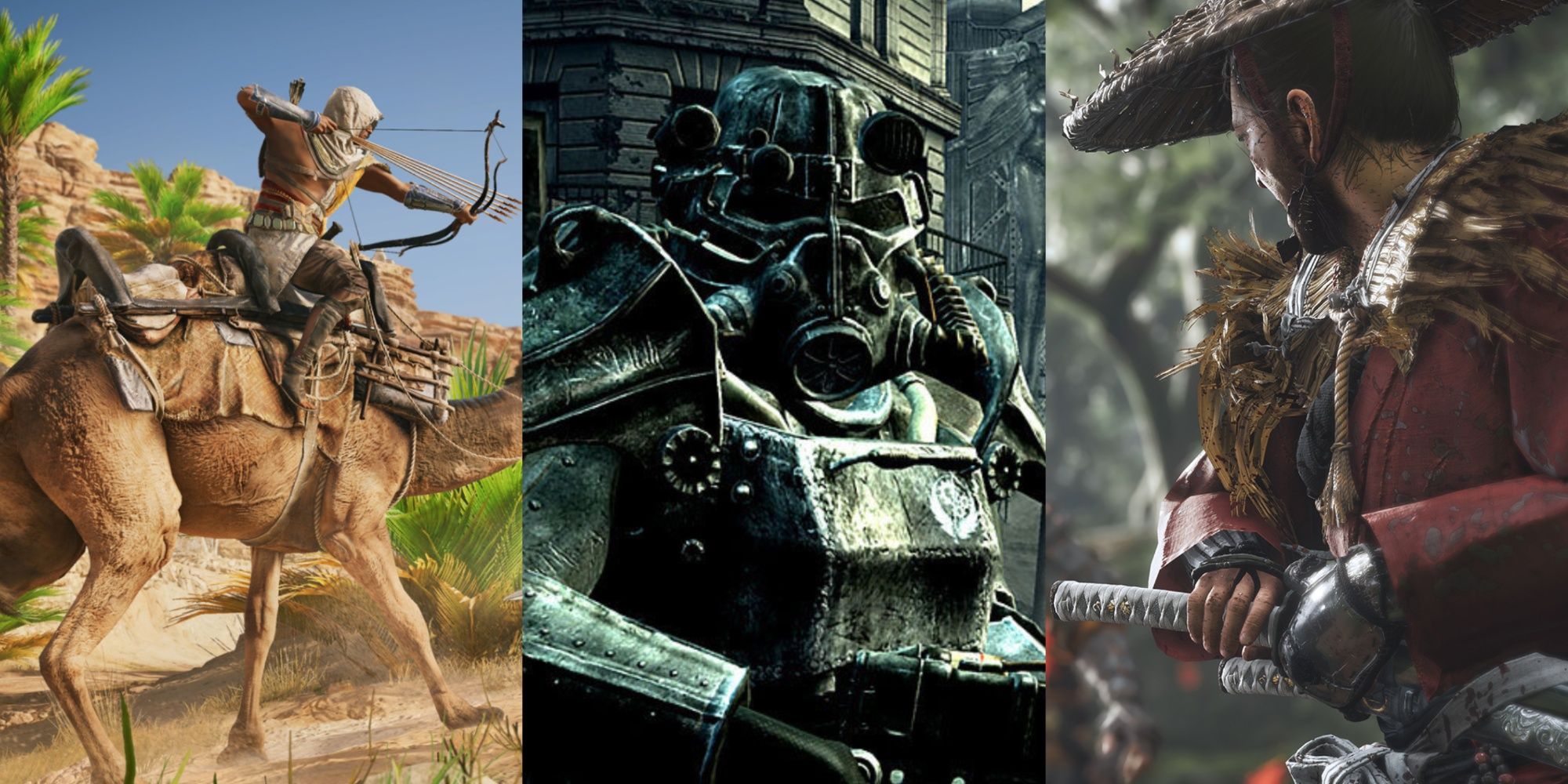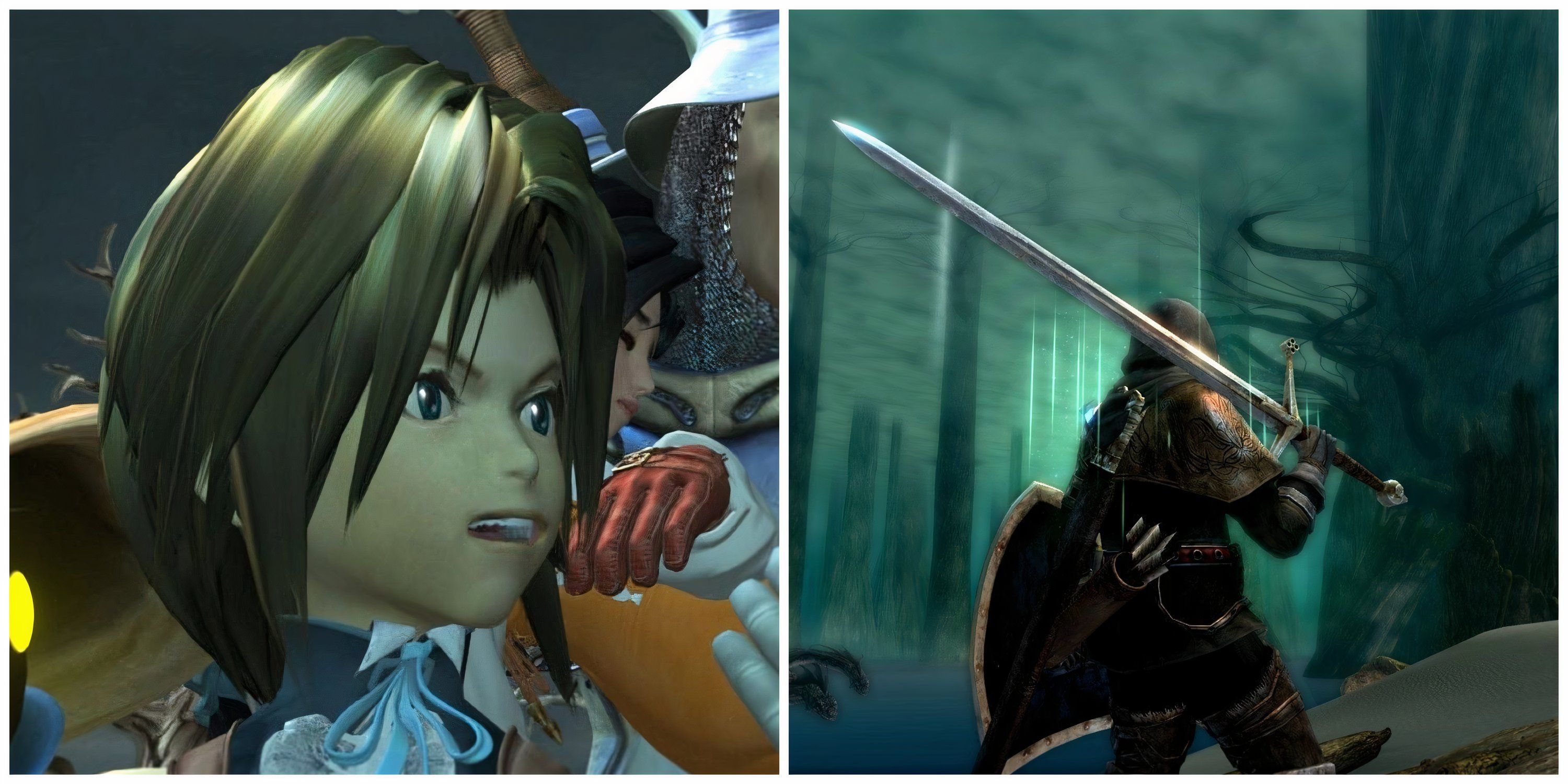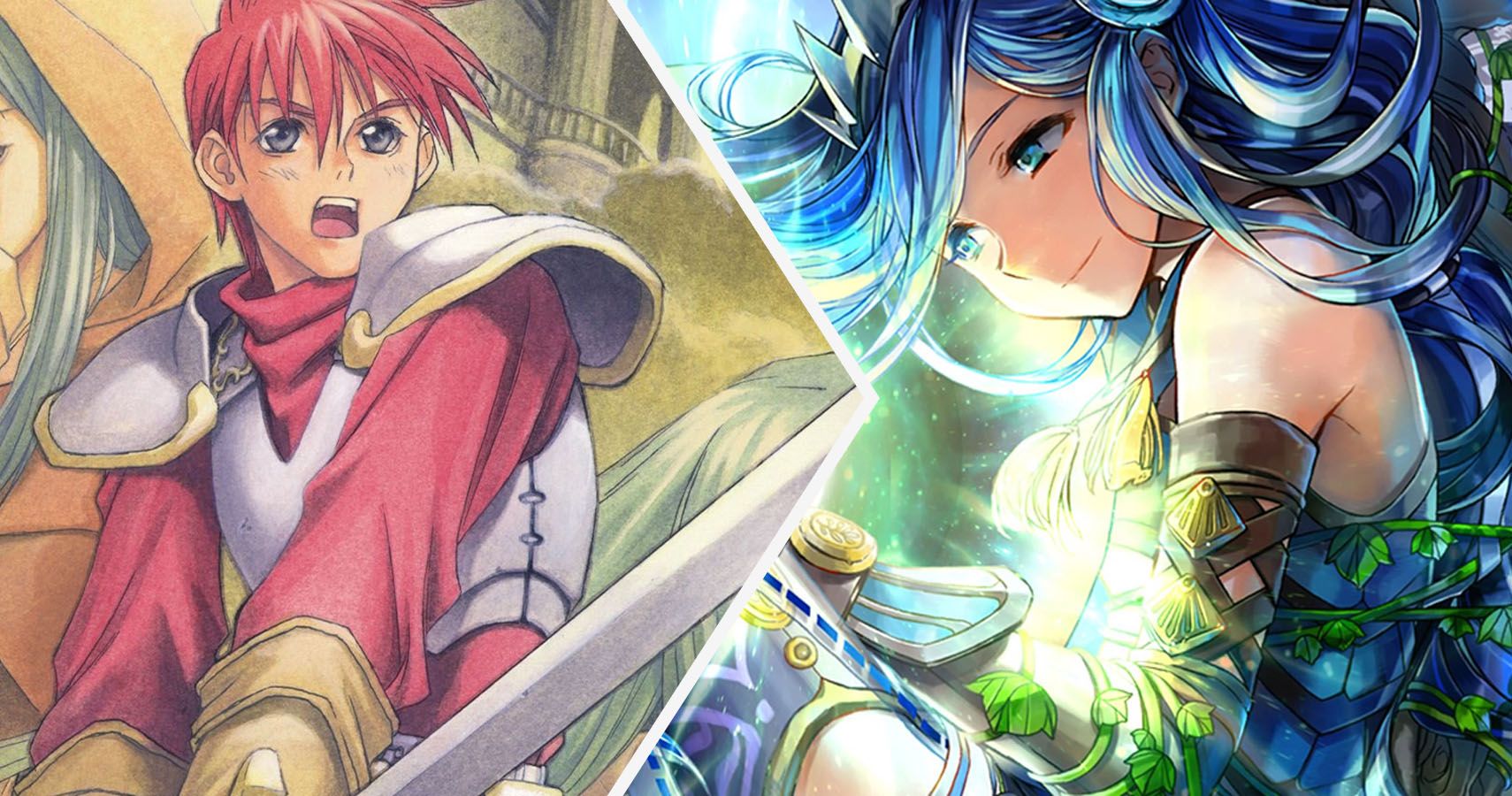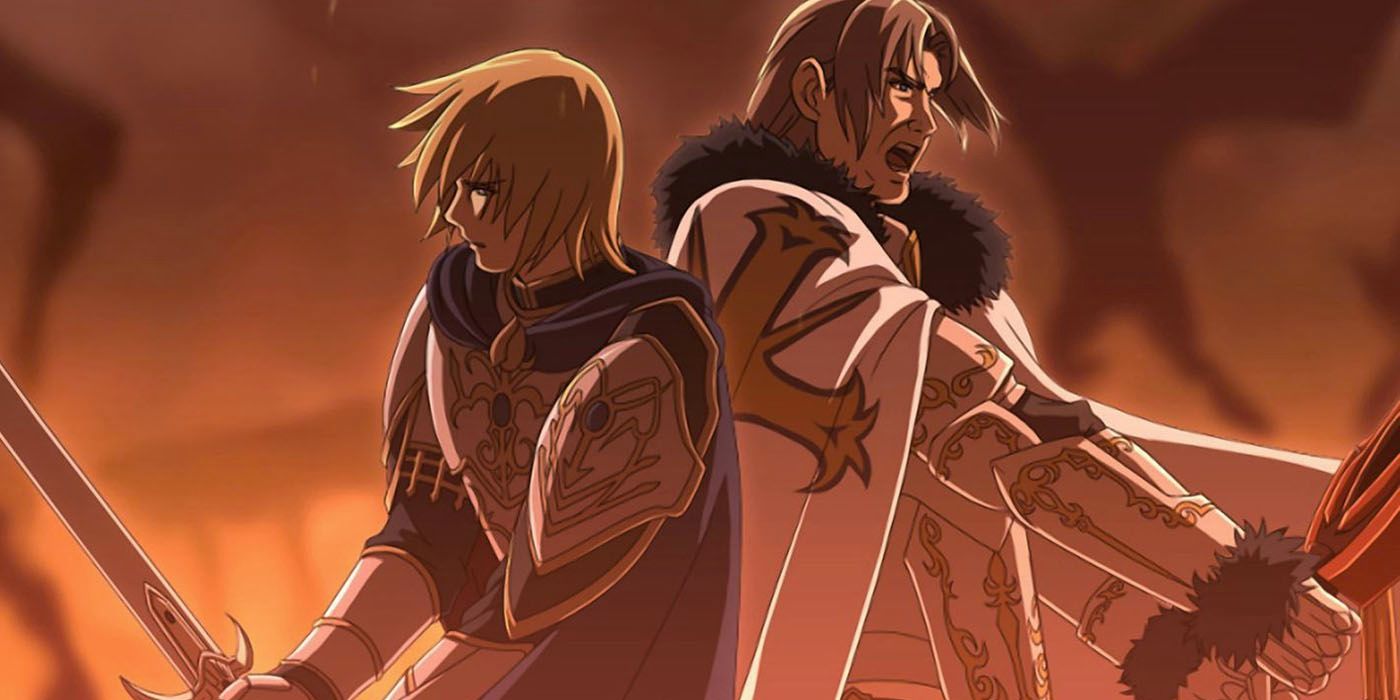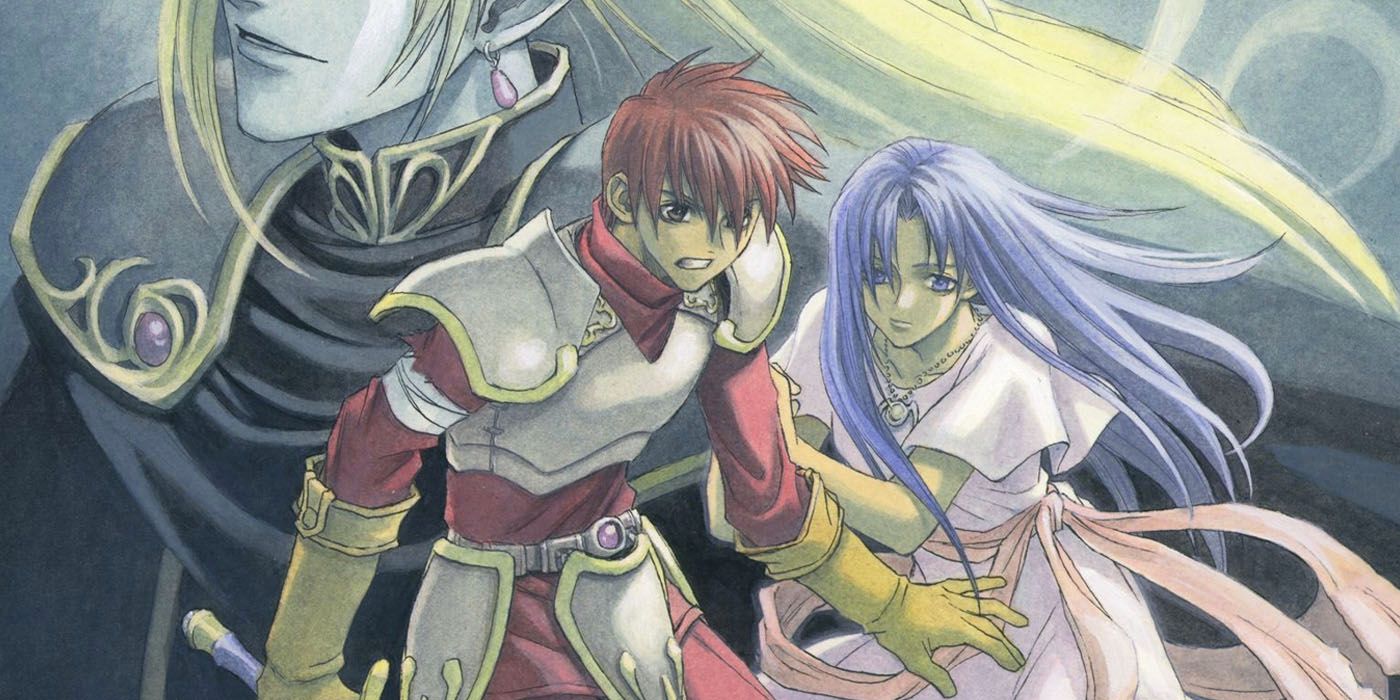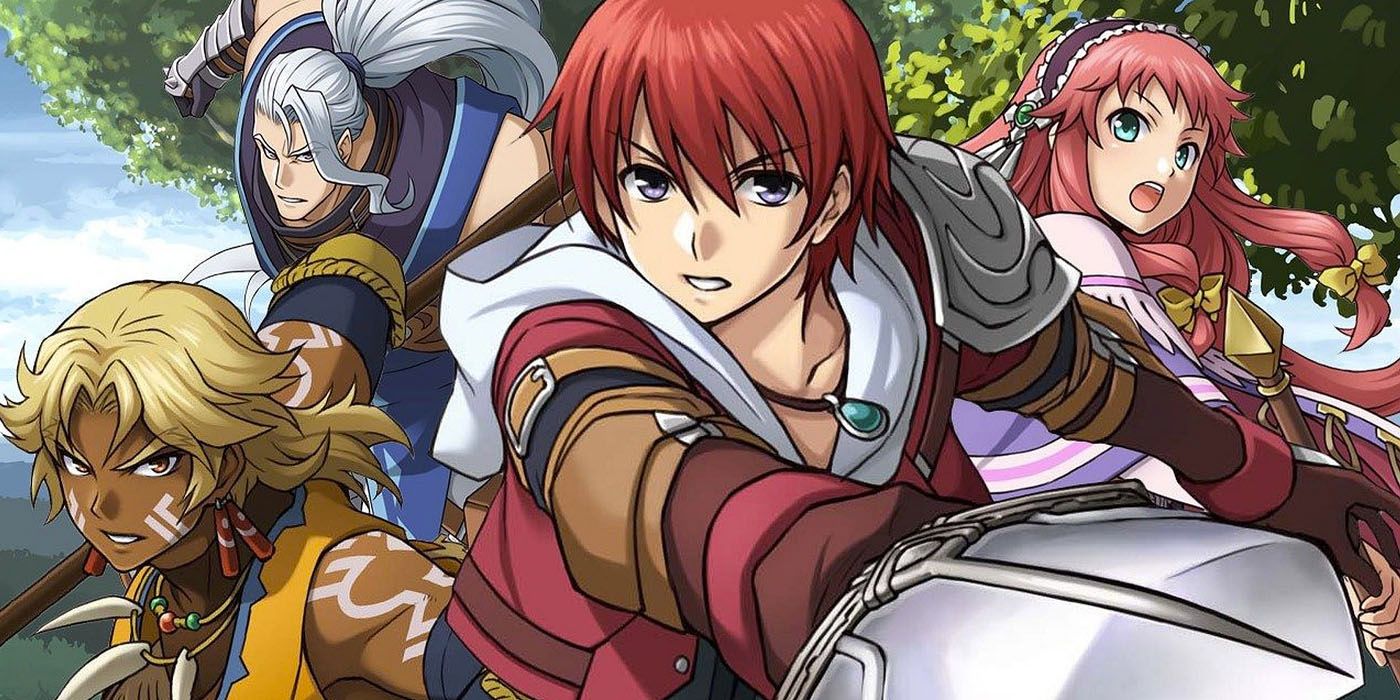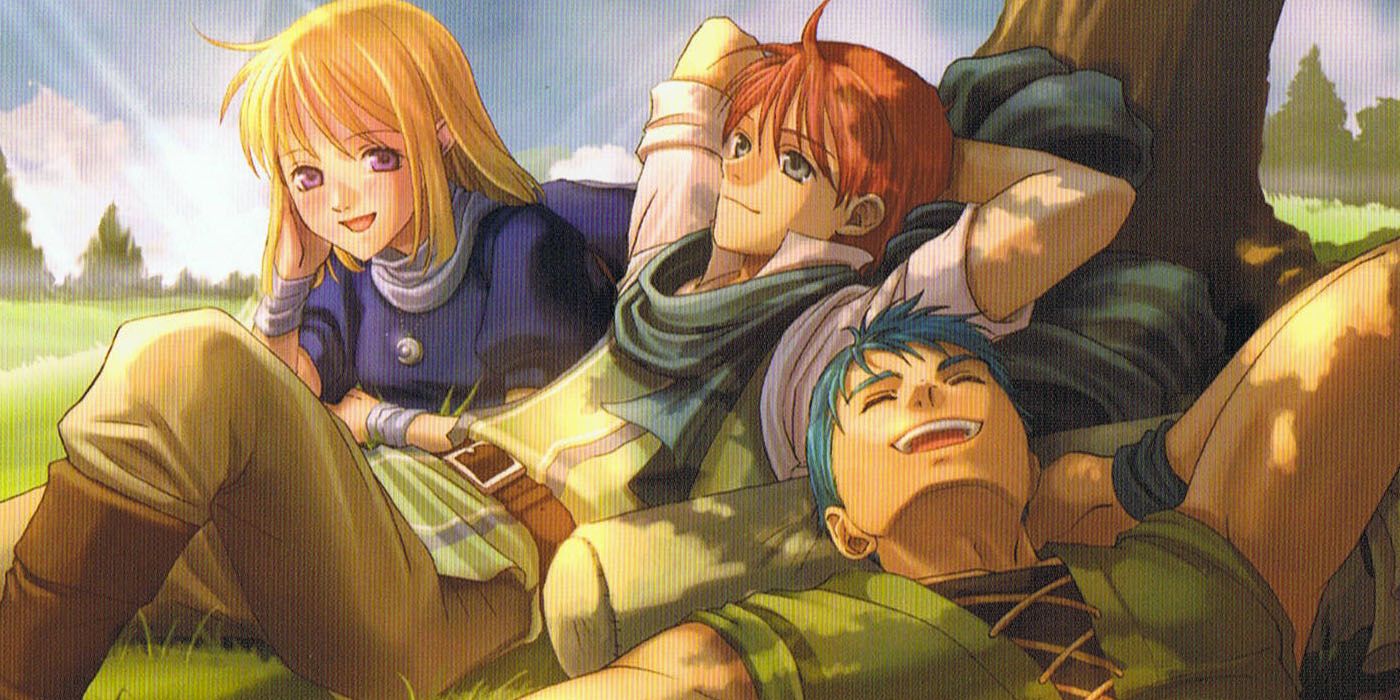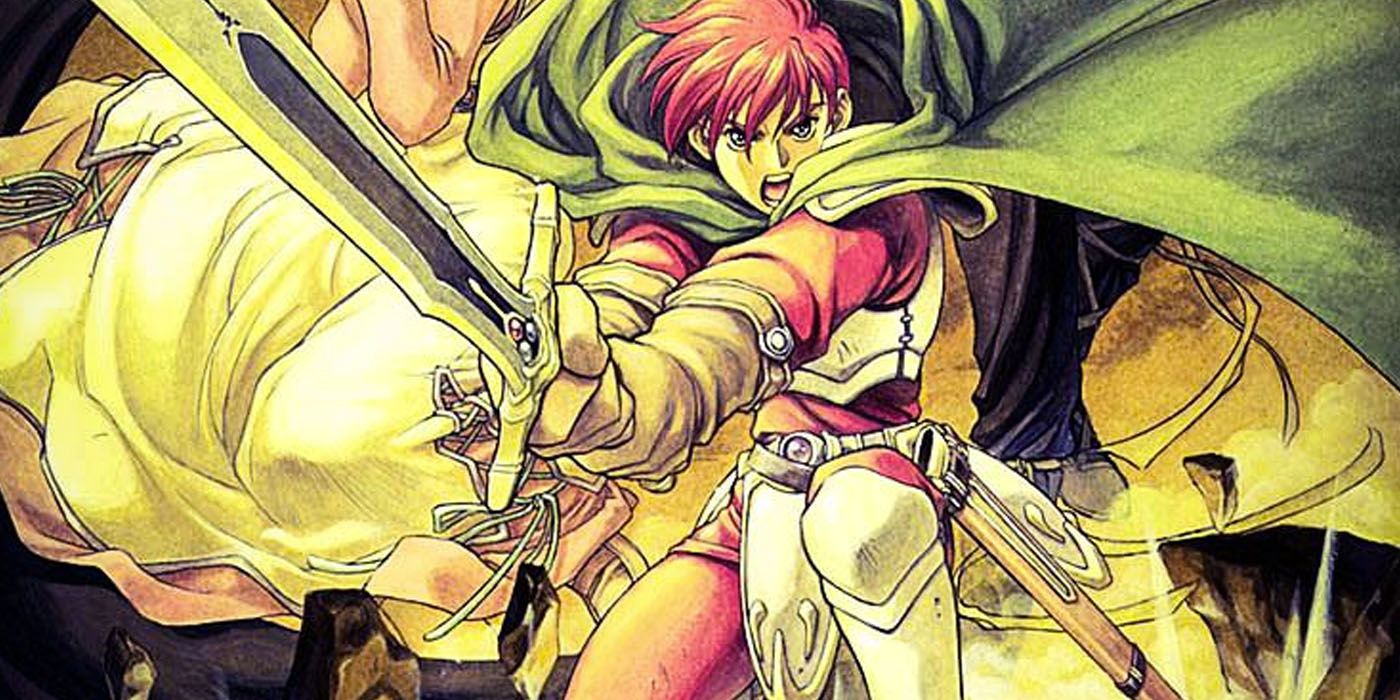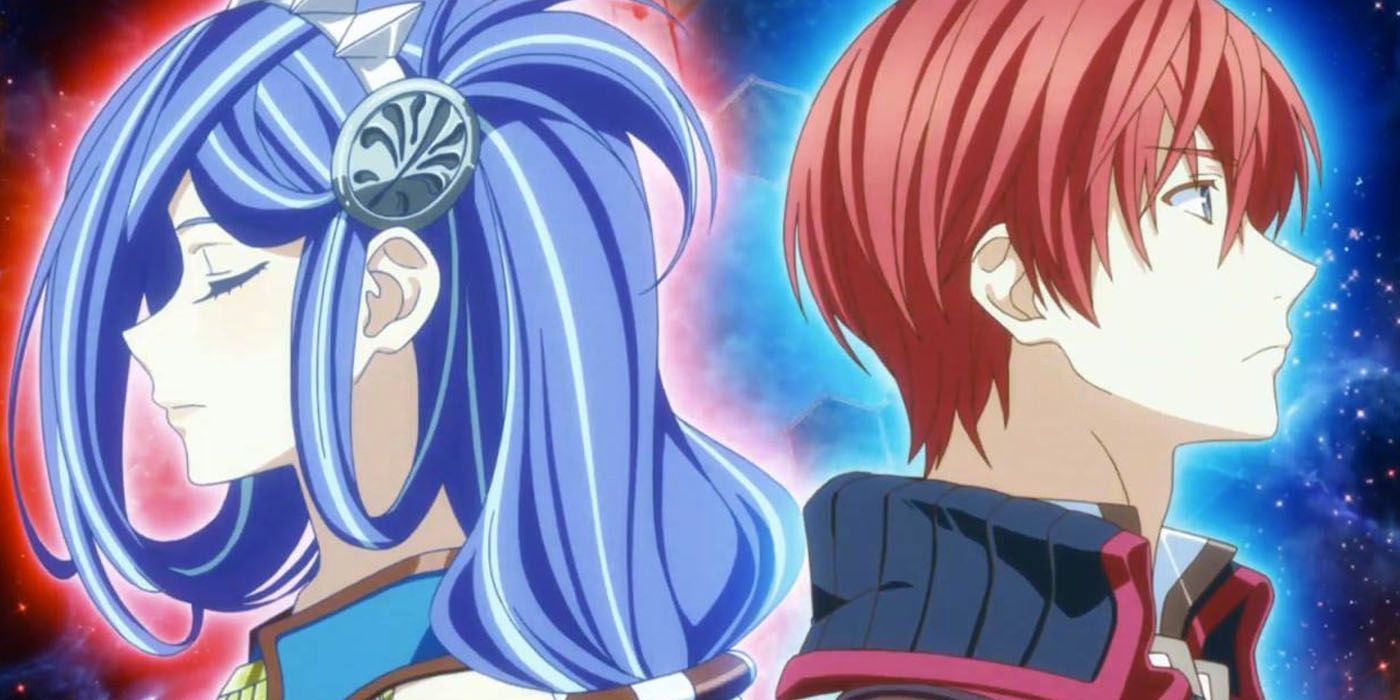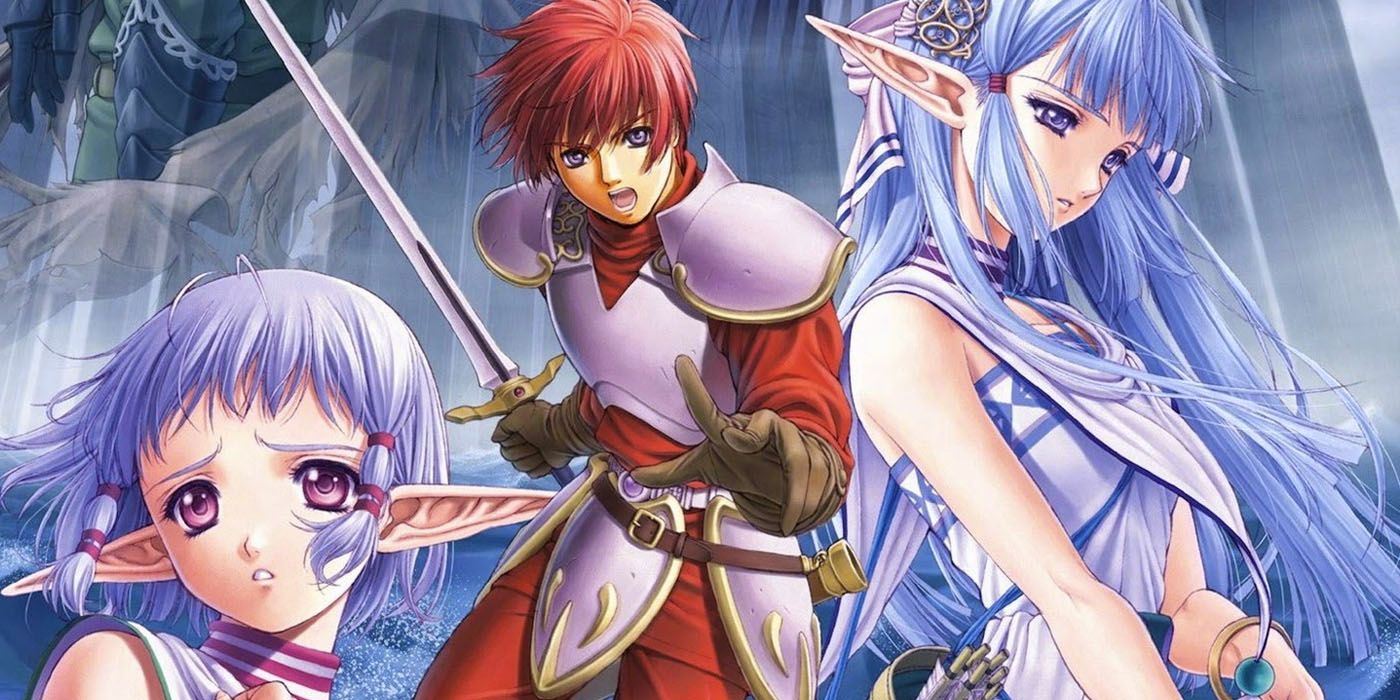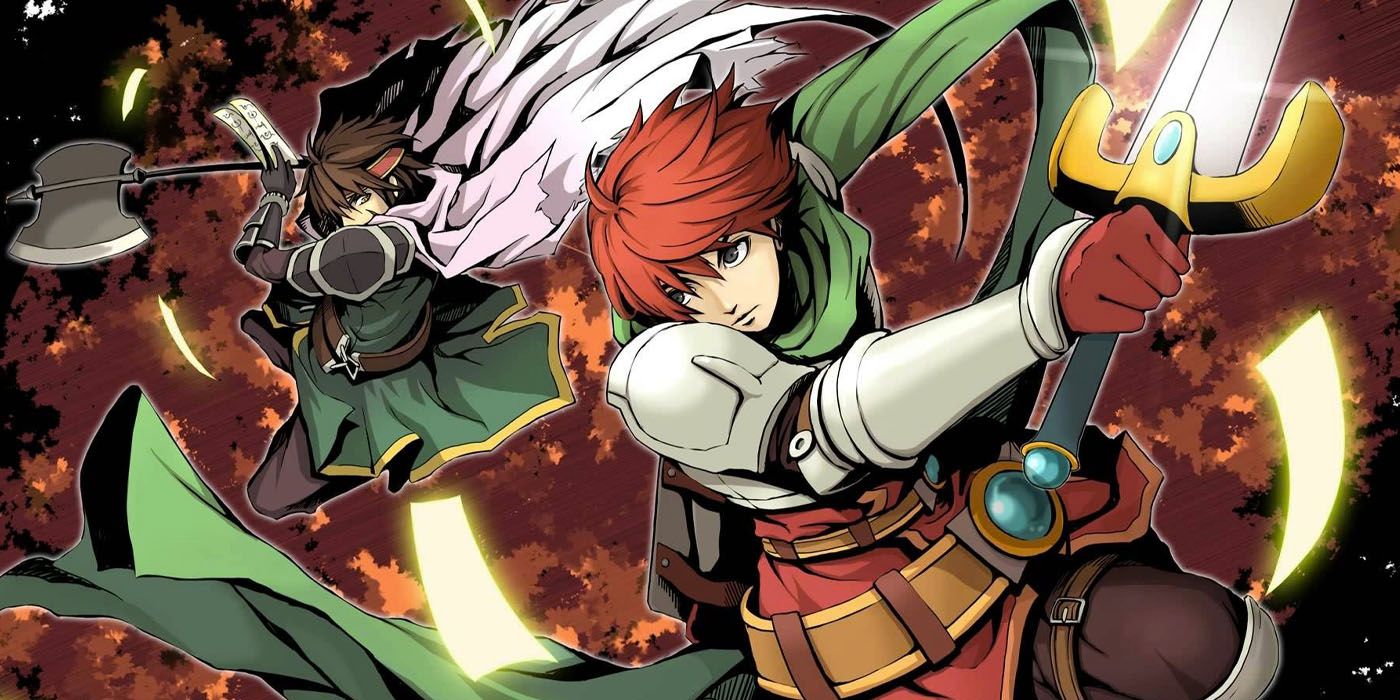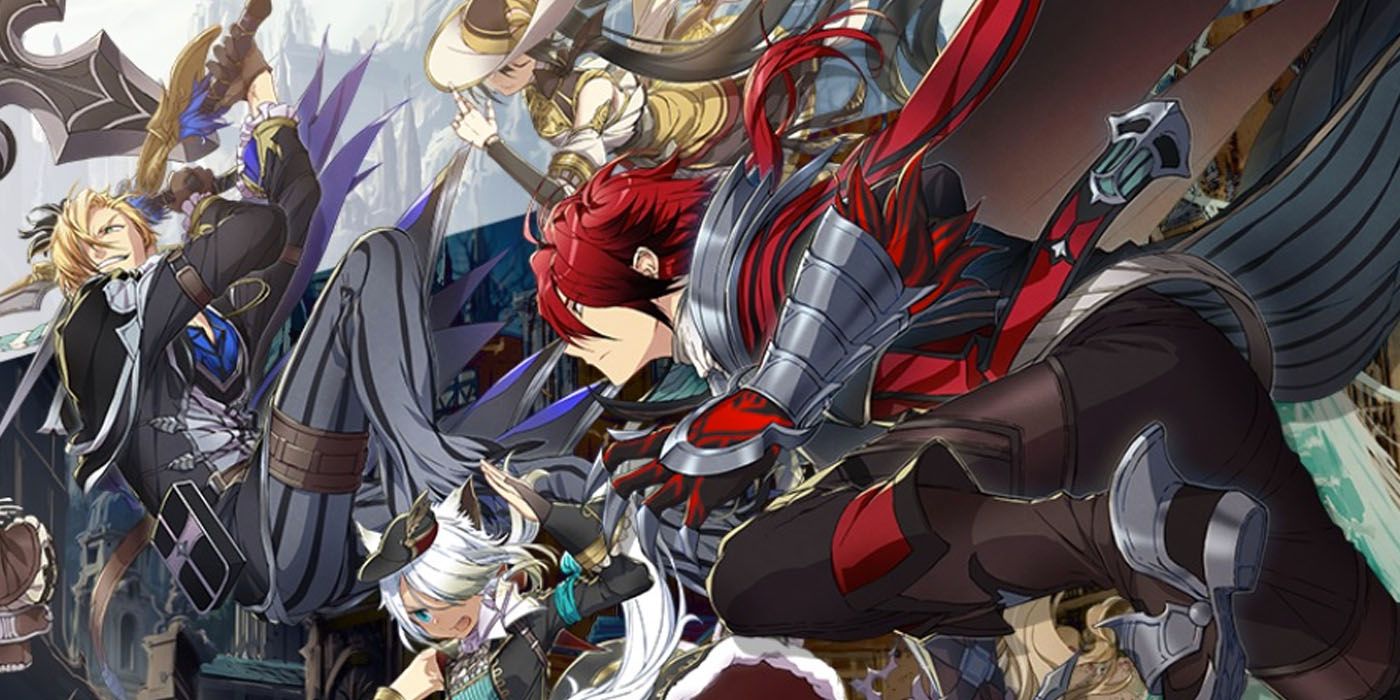One of the oldest franchises in the RPG genre, Ys history dates all the way back to 1987. Originally released for the PC-8801, Ancient Ys Vanished was only the first installment in a legendary saga whose penchant for adventure is perhaps rivaled only by The Legend of Zelda. In spite of the series’ storied lineage, however, Ys has never garnered the western attention it’s deserving of.
Of course, this in itself is because Ys hasn’t exactly had the smoothest development history within the past three decades. Not even considering a lengthy hiatus caused by a poorly timed pivot to the Super Famicom, the franchise has gone through three distinct gameplay engines and games are never released in chronological order as something of a rule. Part of Ys’ charm stems from the fragmented nature of the franchise, but that can make getting into the JRPG franchise difficult for new fans.
9 Origin
700 years before series protagonist Adol Christin first set foot on Esteria, the world was on the brink of apocalyptic collapse. Featuring three playable characters with their own distinct routes and set exclusively in Ys I’s final dungeon– Darm Tower– Ys Origin is the only mainline entry to not be framed as one of Adol’s personal travelogues. All the same, that only adds to the story’s mystique.
Discovering the Black Pearl and the Twin Goddesses missing from the floating island of Ys, a search party warps down to the surface in order to find them within Darm Tower. Ys Origin sets the stage for Adol Christin’s adventures, showing how the modern world came to be along with offering further insight into Feena & Reah– two of the original Ys duology’s most important characters.
8 I & II
Speaking of the duology, Ys I & II are ostensibly two halves of the same game. Ancient Ys Vanished– often referred to as Book I– is set in Esteria and Adol’s first major adventure since leaving his home to explore the new world. Conquering the Stormwall circling Esteria, Adol becomes the first to set foot on the secluded island, finding himself in the middle of a divine conspiracy.
Book II skyrocketed Adol up to the floating island of Ys– the “mythical” land that’s often referenced in Book I. Here, all the legends Adol learned on Esteria turn out to be true, and he confronts the Clan of Darkness head on. Ys I & II are comparatively fairly simple RPGs, but they’re bonafide classics presented magnificently. Ys I & II weave a genuine fairytale.
7 IV: Memories Of Celceta
Following his adventure on Ys, Adol comes back down to Esteria and decompresses with his soon-to-be eternal travel partner, Dogi. Not long after, Adol parts ways with Dogi in the Frontier Town of Casnan, wanting to explore Celceta has to offer. Unfortunately, Adol loses his memories wishing the Great Forest and finds himself battling amnesia while charting the unmapped forest for the Romun Empire (a force who will soon come to oppose Adol.)
What’s most notable about Adol’s adventure in Celceta is not the story itself, but how it speaks to the franchise’s framing. Just as each game is a volume in Adol’s travelogues, every localization, port, or remake is in itself its own translation. Before Memories of Celceta solidified itself as the most canonical translation, The Dawn of Ys and Memories of the Sun offered wildly different interpretations into Adol’s time in the country– only having reference to his travel notes.
6 III: Oath In Felghana
Set one year after the events of Memories of Celceta (albeit releasing first,) a now 19 year old Adol Christin takes a break from adventuring you visit Dogi’s homeland of Felghana & hometown of Redmont… only to find himself in the middle of an adventure. For what it’s worth, Oath in Felghana is one of the most low stakes Ys stories, mainly centering on personal family matters with the apocalyptic danger only coming in at the end (and never coming off as too overbearing a threat.)
Oath in Felghana is significant in its insignificance, and a crucial step in Adol establishing himself as a casual hero & adventurer. That said, Adol’s time in Felghana leads to his first major encounter with a Galbalan, setting up what is arguably the key plot point in Ark of Napishtim.
5 V: Lost Kefin, Kingdom Of Sand
Lost Kefin, Kingdom of Sand remains the only classic Ys title to lack a remake. Perhaps not coincidentally, it was also the game which spurred a near decade long hiatus for the franchise. That said, Lost Kefin isn’t a bad game by any means. Just a bit too archetypical as far as SNES RPGs to.
If nothing else, Xandria makes for a remarkable setting and the story unravels surprisingly well (complete with a time travel plot that has some nice emotional weight at the center of it all.) Unlike Adol’s four other early series adventures, his time in Xandria doesn’t offer up much in the way of substantial lore. Though it does set the stage for Adol to enter Ark of Napishtim a seasoned adventure.
4 VIII: Lacrimosa Of Dana
The most recent Ys game to release internationally, Lacrimosa of Dana picks up shortly after the events of Ys V (Adol starts the game with Lost Kingdom’s best sword) only for Adol to experience the mother of all shipwrecks. Stranded on the Isle of Seiren, Adol must band together with the rest of the survivors to endure the island’s harsh conditions.
Ys VIII is notably the first entry in the series to split the protagonist focus between Adol & one other character– Dana herself. Adol’s arc takes place present day whereas Dana’s takes place in the past, but both ultimately come together in a narrative that fundamentally redefines both the franchise’s mythology and cosmology.
3 VI: Ark Of Napishtim
What’s impressive about Ark of Napishtim is how it recontextualized five game’s worth of lore into an epic that is to Ys what the first Avengers film was for Phase 1 of the MCU (for lack of better comparison.) The Eldeen come back into play, the Ark mentioned by Galbalan in Oath is critically important, and the Romun Empire takes on the role of Adol’s main antagonist.
The Ark of Napishtim iset on the Casnaan Islands and manages to take a rather tactful look at the effects colonialism & imperialism have on indigenous tribes while never suggesting their invaders are doing them a genuine service. At its core, though, what makes Ys VI so special is that it recognizes the series’ loose threads & ties them all together.
2 VII: Seven
Set half a year after the events of Ark of Napishtim, Adol finally reaches Afroca– the continent he actually set out to first visit when he initially left his home village. Ys Seven brings with it some major lore additions, making it clear that there’s so much more to this universe than what was established during the Eldeen arc.
For better or worse, Ys Seven also marked a precedent for Adol’s adventures being much longer. Where a typical game could be cleared in under 10 hours, Seven pushed the series past 20+ where it’s been ever since. That said, it wasn’t without merit. Ys Seven spends its first half pretending to tell a by-the-numbers Ys plot only to flip everything on its head with a fantastic midgame twist.
1 IX: Monstrum Nox
The most recent entry in the series and set to be released internationally in 2021, Ys IX: Monstrum Nox is the latest game in the timeline along with the darkest tonally. Adol is the oldest he’s ever been and his adventure takes him to the prison city of Baldeux. Unfortunately, his reputation does his no favors, prompting the Romun Empire to imprison him.
Monstrum Nox comments on Adol’s reputation in a way no other game has been able to, and in a post-Lacrimosa of Dana franchise, it’s likely that Ys IX will be planting seeds to pave the way towards another landmark title like Ark of Napishtim.

